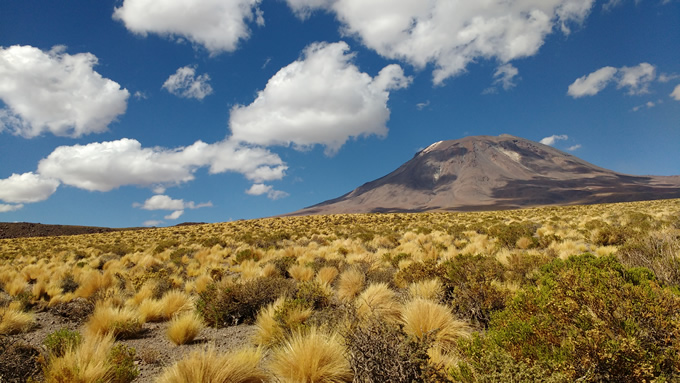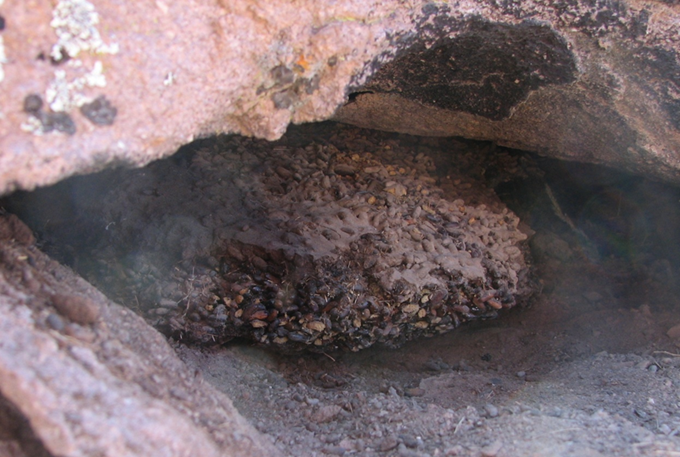Plant pathogens responded to past climate change
A study of ancient rodent nests from the Atacama Desert in northern Chile has provided the first insights into how organisms responsible for causing diseases in plants responded to past climate change.
Although the Atacama Desert is now a dry barren landscape, the region experienced wetter conditions during a period 17,500 to 8,500 years ago. In a study led by Dr Jamie Wood from New Zealand’s Manaaki Whenua – Landcare Research published today in the journal Scientific Reports, researchers analysed tiny fragments of DNA preserved in ancient rodent nests to reconstruct how plant pathogens responded during this period of increased rainfall.

Dr Jamie Wood said that “over the past 50,000 years small rodents had built their nests inside caves or small rock shelters using plants that grew nearby, and in the nests we found traces of DNA from pathogens that once infected these plants.”
“By comparing nests that were constructed during past periods of wet or dry climate, we found an increase in the overall number of pathogens present in the rodent middens during wet periods”, co-author Dr Francisca Díaz of Pontificia Universidad Católica de Chile explained. “The highest abundances for most of the different pathogens also occurred at this time. In particular, rust-fungi, which includes some of the world’s most concerning and potentially devastating plant pathogens, showed significant increases in both abundance and prevalence during the wet period.”
“Other pathogens showed no obvious response, highlighting how different aspects of the climate or environment can be important for different species,” said Pontificia Universidad Católica de Chile’s Professor Claudio Latorre, who has been collecting fossil rodent nests in the Atacama for well over two decades.

The study also used ancient pollen and plant DNA to tease apart any effects of changing vegetation on the pathogens, as the local plant communities also changed in response to the wetter climate. However, results indicated that climate was the main driver of the changes seen in plant pathogens through time.
Plant pathogens, which include disease-causing bacteria and fungi, can have a significant impact on natural vegetation communities as well as on agricultural and horticultural crops. It is thought that, due to climate change, some pathogens may become more widespread in the future, infecting plants in regions where they have not previously done so.
“Our hope is that this study will inspire further work on long-term records of plant pathogens. By looking back into the past, we can help improve predictions about how pathogenic organisms may respond to current and future climate change,” Wood said.
Co-authors of the study include Associate Professor Janet Wilmshurst of Manaaki Whenua – Landcare Research and the University of Auckland, Dr Olivia Burge of Manaaki Whenua – Landcare Research, and Professor Rodrigo Gutiérrez of Pontificia Universidad Católica de Chile.
CONTACTS:
Dr Jamie Wood, Manaaki Whenua – Landcare Research, New Zealand; woodj@landcareresearch.co.nz, Ph: +64 3 321 9653
Dr Francisca Díaz, Pontificia Universidad Católica de Chile; fdiaz@bio.puc.cl; Ph: +56 2 356 1931
REFERENCE:
Wood JR, Díaz FP, Latorre C, Wilmshurst JM, Burge OR, Gutiérrez RA. 2018. Plant pathogen responses to Late Pleistocene and Holocene climate change in the central Atacama Desert, Chile. Scientific Reports. https://doi.org/10.1038/s41598-018-35299-2
